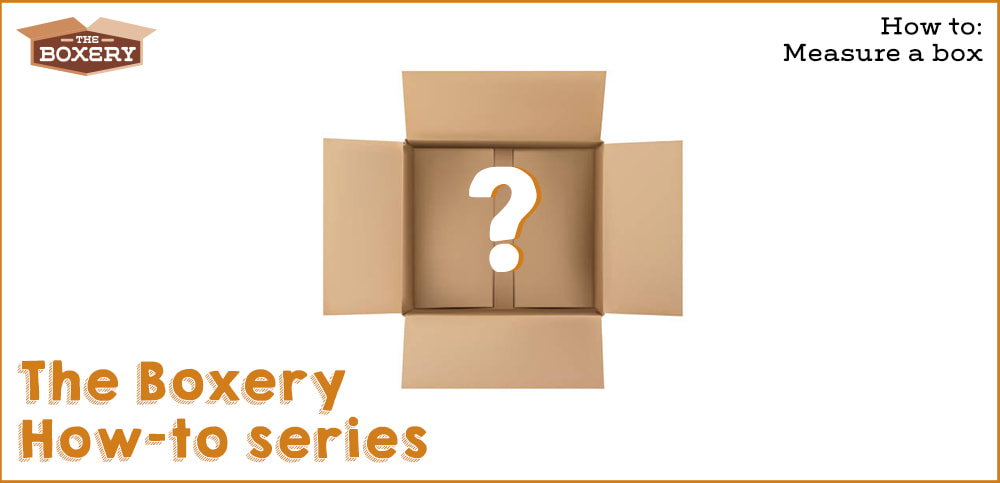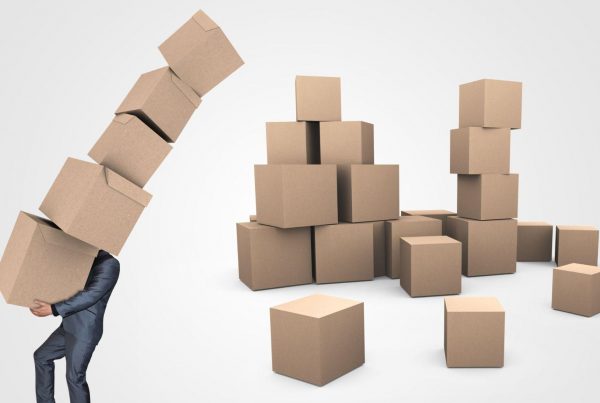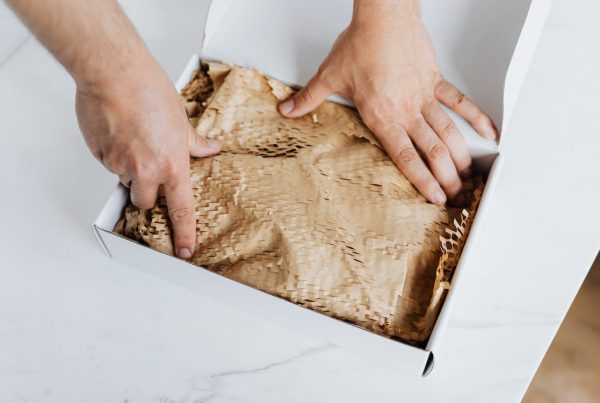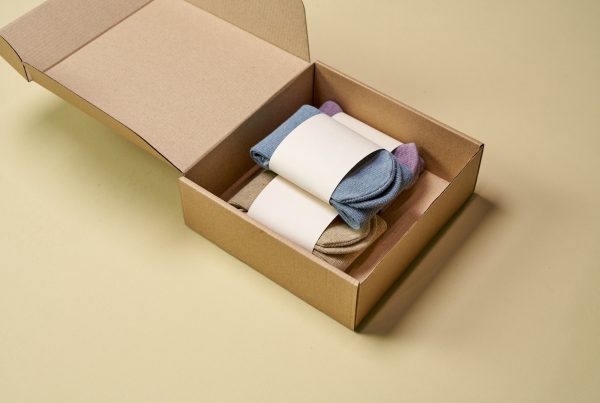Measuring a box, seems pretty simple right? For the most part it is, but there are many different variations and details to pay attention to. As always at The Boxery we try to give you everything you need in one place. Check out these 4 pointers our team came up with.
1. Your measuring key – LxWxH
The industry standard for listing the measurements are by
Length, Width & Height.
A good way to remember that is by using the mnemonic we came up with Larry Wants Honey.
For a standard box, length is considered the longer of the 2 sides, width is considered the shorter of the 2 sides and the height is the vertical measurement from top to bottom.
A good way to remember that is by using the mnemonic we came up with Larry Wants Honey.
For a standard box, length is considered the longer of the 2 sides, width is considered the shorter of the 2 sides and the height is the vertical measurement from top to bottom.
2. Measurements are inside dimension.
When you’re ordering boxes online or through a catalog, unless stated otherwise the measurements you see will be the inner dimension of the box. Get those right so your items will fit properly, with the correct size box you won’t need as much filler and there is less of a chance for items to get damaged. You may also want to give 3mm to each dimension for the fitting.
3. Height and Depth are interchangeable.
Depending on the company you’re ordering from – they might list Depth instead of Height or vice versa.
4. Shipping Measurements.
Things are different when it comes to shipping. Depending on how many boxes you’re sending and how you’re shipping them you might want to measure the exterior dimension too. When it comes to shipping costs it depends on size & dimensional weight (also known as volumetric weight), many commercial freight transport & postal services use an estimated weight that is calculated from the length, width and height of a package so to be safe always best to add an inch to each dimension for dimensional weight. For example, if you purchase an 8x8x8’’ box you would want to assume the carriers may scan the box at 9x9x9’’ – you can always actually measure the outside dimensions but this should be an initial assumption. Measuring the outer dimensions can also help you see how many boxes can fit on a pallet.
NOTES:
-Height is the only dimension without a flap. The height measurement does not include flaps.
-Acceptable manufacturing variance is +/- 1/8″.
-Height is the only dimension without a flap. The height measurement does not include flaps.
-Acceptable manufacturing variance is +/- 1/8″.
We hope you found this useful! Get Packing!





Recent Comments